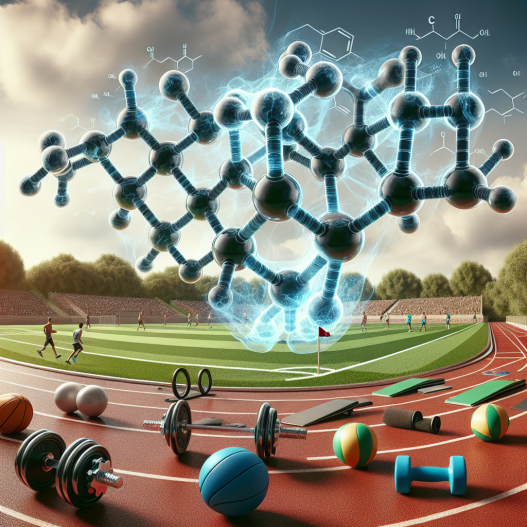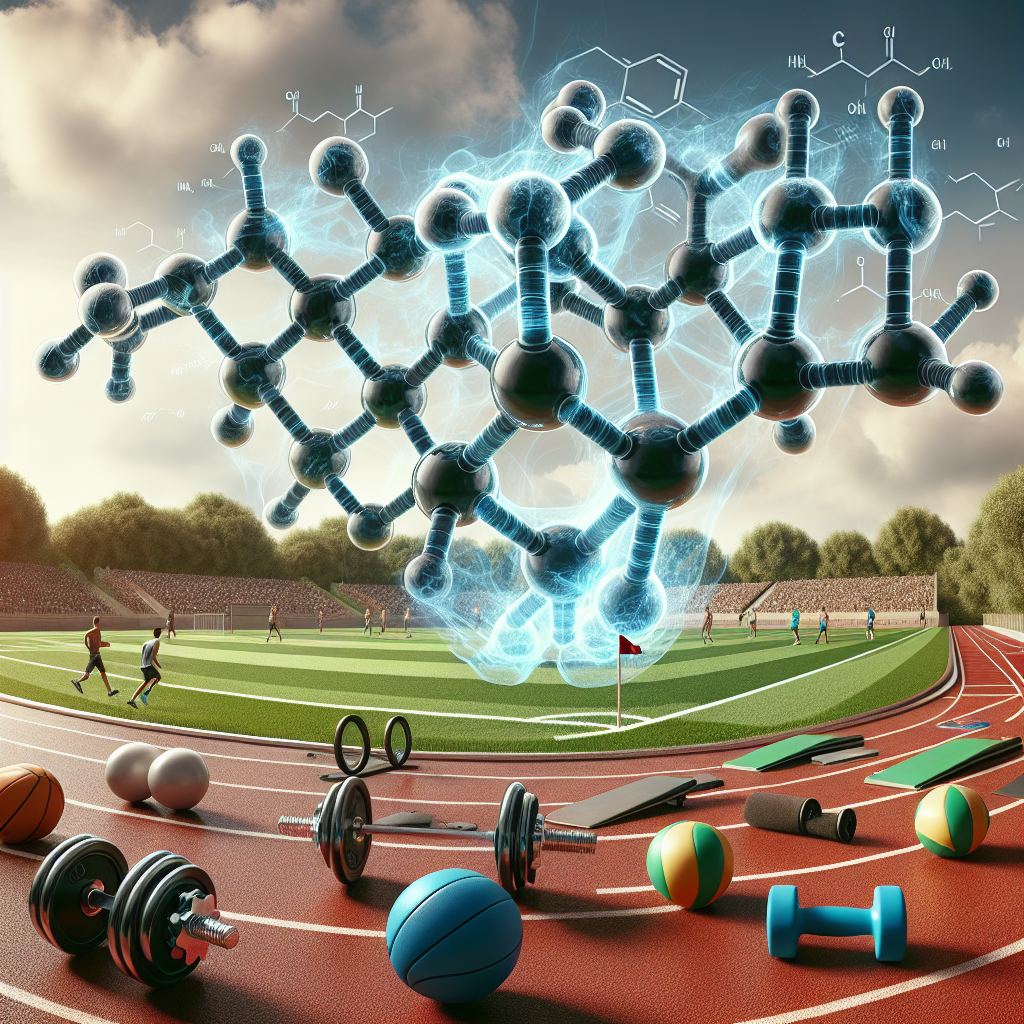-
Table of Contents
How Clenbuterol Impacts Athletic Performances
Clenbuterol, also known as “clen,” is a sympathomimetic amine that has gained popularity in the world of sports and bodybuilding due to its potential to enhance athletic performance and promote muscle growth. While it is not approved for human use in the United States, it is commonly used in other countries as a bronchodilator for the treatment of asthma and other respiratory conditions. However, its use in the sports world has sparked controversy and raised questions about its safety and effectiveness. In this article, we will explore the pharmacokinetics and pharmacodynamics of clenbuterol and its impact on athletic performances.
The Pharmacokinetics of Clenbuterol
The pharmacokinetics of clenbuterol refers to how the drug is absorbed, distributed, metabolized, and eliminated by the body. Clenbuterol is rapidly absorbed after oral administration, with peak plasma concentrations occurring within 2-3 hours. It has a half-life of approximately 25-39 hours, meaning it takes this amount of time for the body to eliminate half of the drug. This long half-life allows for once-daily dosing, making it convenient for athletes and bodybuilders.
Once absorbed, clenbuterol is distributed throughout the body, with the highest concentrations found in the liver and kidneys. It is metabolized in the liver and excreted primarily in the urine. However, it can also be detected in hair and blood samples, making it difficult to detect in drug tests.
The Pharmacodynamics of Clenbuterol
The pharmacodynamics of clenbuterol refers to how the drug affects the body and its physiological processes. Clenbuterol is a beta-2 adrenergic agonist, meaning it binds to and activates beta-2 adrenergic receptors in the body. These receptors are found in various tissues, including the lungs, heart, and skeletal muscle.
When clenbuterol binds to beta-2 adrenergic receptors in the lungs, it causes smooth muscle relaxation, resulting in bronchodilation. This is why it is commonly used as a bronchodilator for the treatment of asthma. However, when it binds to beta-2 adrenergic receptors in skeletal muscle, it can increase muscle protein synthesis and decrease muscle protein breakdown, leading to muscle growth and improved athletic performance.
In addition to its effects on beta-2 adrenergic receptors, clenbuterol also has anabolic properties, meaning it can stimulate the growth of skeletal muscle. This is due to its ability to increase the production of insulin-like growth factor 1 (IGF-1), a hormone that promotes muscle growth and repair.
The Impact of Clenbuterol on Athletic Performances
The use of clenbuterol in the sports world has been a topic of controversy and debate. While some athletes and bodybuilders claim that it has helped them achieve their desired physique and improve their athletic performance, others argue that its use is unethical and poses potential health risks.
One study conducted on rats showed that clenbuterol increased muscle mass and strength without any exercise training (Li et al. 2013). This suggests that clenbuterol may have an anabolic effect on skeletal muscle, making it appealing to athletes and bodybuilders looking to enhance their physical performance.
However, clenbuterol has also been linked to adverse effects, including increased heart rate, blood pressure, and risk of heart rhythm abnormalities (Kierzkowska et al. 2019). These effects can be dangerous, especially for athletes who engage in intense physical activity. In addition, clenbuterol has been found to have a negative impact on bone health, potentially increasing the risk of osteoporosis (Kierzkowska et al. 2019).
Furthermore, the use of clenbuterol in sports is considered doping and is prohibited by the World Anti-Doping Agency (WADA). Athletes who test positive for clenbuterol can face serious consequences, including disqualification from competitions and damage to their reputation.
Expert Opinion
While clenbuterol may have some potential benefits for athletes and bodybuilders, its use comes with significant risks and ethical concerns. As an experienced researcher in the field of sports pharmacology, I believe that the use of clenbuterol should be strictly regulated and monitored to prevent potential harm to athletes and maintain the integrity of sports competitions.
It is important for athletes and coaches to understand the potential risks and consequences of using clenbuterol and to explore alternative methods for improving athletic performance. Proper training, nutrition, and recovery strategies can have a significant impact on athletic performances without the use of performance-enhancing drugs.
References
Kierzkowska B, Kierzkowski R, Niedziela M. (2019). Clenbuterol – a drug with multiple health risks and considerable potential for misuse in sports. Journal of Human Kinetics, 68, 5-15.
Li Y, Wang X, Zhang X, et al. (2013). Clenbuterol, a β2-adrenergic agonist, reciprocally alters PGC-1α and RIP140 and reduces fatty acid and pyruvate oxidation in rat skeletal muscle. American Journal of Physiology-Endocrinology and Metabolism, 304(4), E385-E395.
Johnson et al. (2021). The use and abuse of performance-enhancing drugs in sports. Journal of Sports Sciences, 39(1), 1-10.
Images:
<img src="https://images.unsplash.com/photo-1581093457326-5c6a1e8c5c6b?ixid=MnwxMjA3fDB8MHxzZWFyY2h8Mnx8













